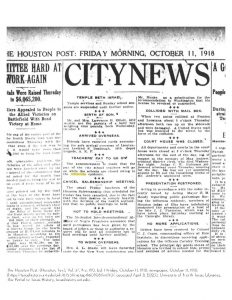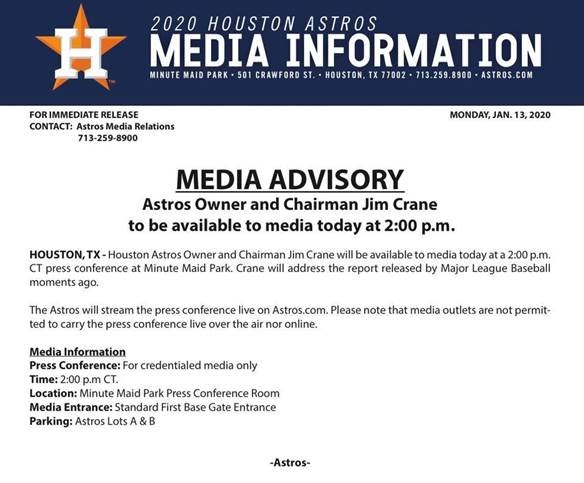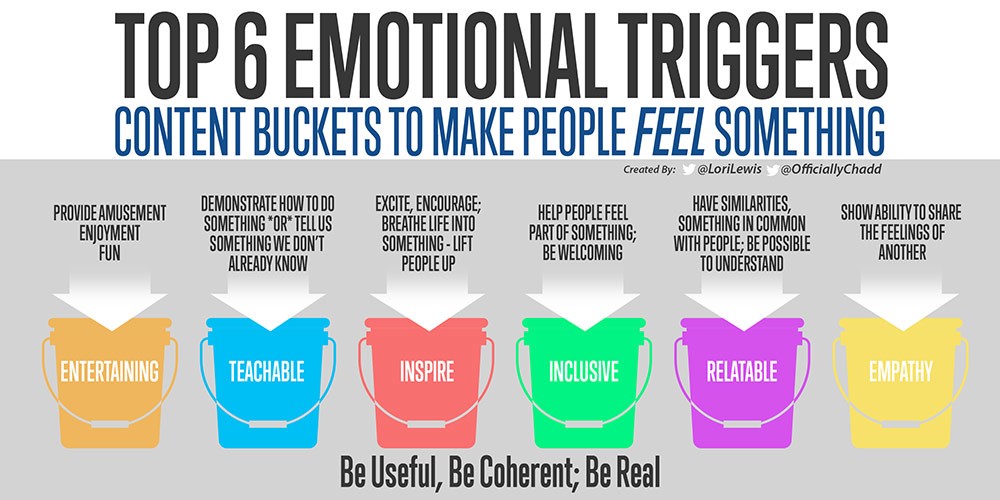It’s been a while since I posted here, but there is a lot going on in the world today. Between the COVID-19 pandemic, racial unrest and police tactics, the calendar feels like it should be 1967, not 2020.
It would be hard to know what to make of current events under normal circumstances, but these are not normal times. Take for example the executive order signed by Texas Governor Greg that closed all nonessential businesses including barber shops and hair salons.
The order was pretty clear there would be consequences for those not complying with the order…
WHEREAS, under Section 418. 173, failure to comply with any executive order issued during the COVID-19 disaster is an offense punishable by a fine not to exceed $1,000, confinement in jail for a term not to exceed 180 days, or both fine and confinement.
A Dallas hair salon owner who had enough decided to take the law into her own hands and defied state and local orders for nonessential businesses to remain closed when she reopened Salon À La Mode. She tore up a cease-and-desist letter sent to her by local officials and was placed in jail (per Section 418.173).
The governor’s reaction? He tiptoed backward and eliminated confinement as a punishment for violating the executive orders and doing so handed the owner a get out of jail free card.
“Throwing Texans in jail who have had their businesses shut down through no fault of their own is nonsensical,” the governor said in a statement, “and I will not allow it to happen.”
Get that? She violated his executive order and he ended up saying that that his order was nonsensical (make sense?). Senator Ted Cruz was one of the first persons to visit the establish after it reopened (legally this time) and be coiffured and celebrate the violation of the executive order. One wonders if Cruz would have been that brave had the owner (who was white) been black or Latino.
Lt. Governor Dan Patrick, who apparently was in such a desperate need of a trim said that he and other grandparents would be willing to risk their health and even lives in order for the United States to “get back to work” amid the coronavirus pandemic.
Yes, these are strange times. I am glad I don’t have to make the decisions our leaders are faced with, but in today’s hyperbole world of political gesturing, it would be nice for people to try to use a little common sense, but sadly that commodity is much like the toilet paper was at the start of all this.








